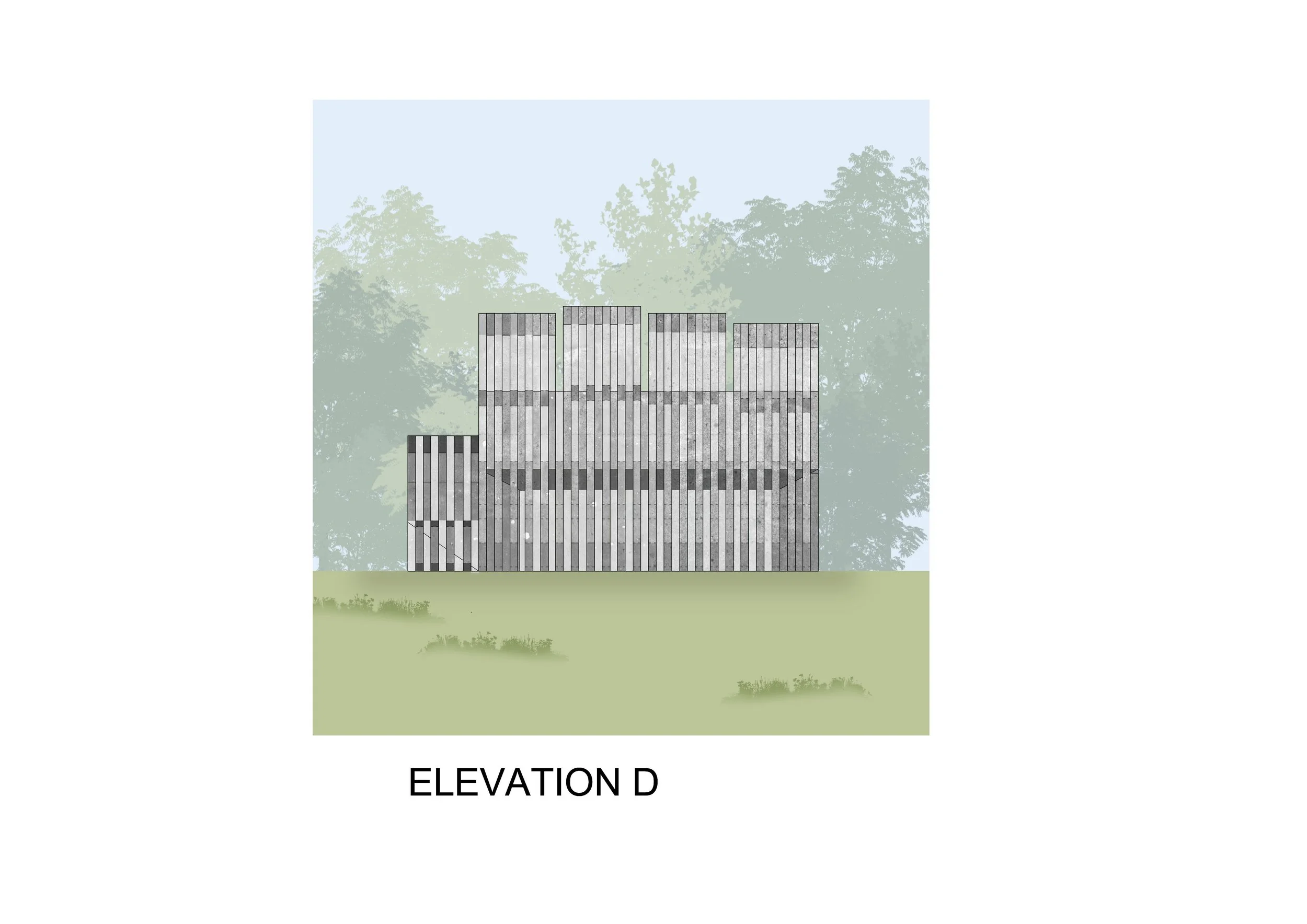War Memorial
For this project, I took on the notion of hope through my memorial design. Regardless of whichever war there has been or may be, the outcome is irreversible; hence we should not look back in sadness but forward in empowerment and unity.
Technical Skills:
Orthographic Drawing + Rendering: AutoCAD, Photoshop, Procreate
3D Modelling: SketchUp, TwinMotion
-
I began this project by exploring the concept of ‘hope’, brainstorming its meaning and the imagery commonly associated with it. The most striking and immediate visual that came to mind was hands held together, symbolizing unity and support.
Building on this idea, I sketched an initial design that captured this theme. I also wanted to integrate illusion and perception into my memorial, which led me to the work of German sculptor Julian Voss-Andreae and his Invisible Sculptures. His pieces appear fully formed from one angle, yet seem to disappear when viewed from the side. This effect is achieved through a series of thin, vertical strips connected by delicate horizontal bars, creating an intriguing interplay between presence and absence.
Inspired by this approach, I sought to incorporate a similar technique in my design, using form and perspective to evoke both fragility and resilience - qualities deeply tied to the idea of hope.
Initial idea sketches alongside Julian Voss-Andreae’s sculptures
-
I began modeling the memorial in SketchUp, using my own hand as a constant reference to maintain accuracy in the form and proportions. My goal was to capture the general shape of interlocking hands, staying true to my initial concept.
To create the sectioned structure, I first arranged a series of 100mm rectangles and extruded every second rectangle beyond the height of the memorial. These extrusions were then used to slice through the model, forming the segmented design.
For the next step, I researched Boolean operations to efficiently merge components, generate the necessary sections, and remove any excess geometry. I then mirrored the second hand in SketchUp, carefully aligning it so that both hands connected seamlessly, reflecting my original vision.
At first, I considered incorporating text or a message - either directed toward victims or viewers - within the horizontal bars, inspired by Voss-Andreae’s work. However, as I refined the digital model, I decided to alternate the hand sections instead, creating a locking effect where the fingers meet. I believe this subtle adjustment enhances the sense of unity in a more visually and symbolically powerful way.
-
For my orthographic drawings, I took my model from SketchUp into AutoCAD, using the parallel projection tool to eliminate any perspective. I then measured and scaled different parts of the structure to ensure everything was coherent and proportionate. After that, it was simply a matter of tracing the lines within the plot style.
Next, I took the exported drawings into Photoshop and Procreate to render, adding silhouettes, shadows, and contextual elements to enhance the final visuals.













